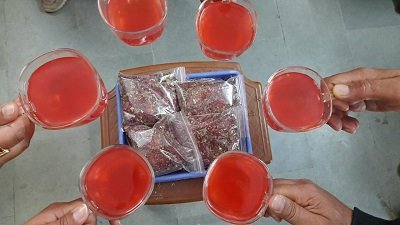Inside BENEO’s new pulse plant: pioneering sustainable protein from faba beans
Petals of Rhododendron arboreum found in the Himalayan region, locally called Buransh shows antiviral activity and fight against the virus
Researchers from the Indian Institute of Technology (IIT) Mandi and The International Centre for Genetic Engineering and Biotechnology (ICGEB), New Delhi, have identified phytochemicals in the petals of a Himalayan plant that could potentially be used to treat COVID-19 infections. The findings of the research team have been recently published in the journal Biomolecular Structure and Dynamics.
The petals of the Himalayan Buransh plant, scientifically called Rhododendron arboreum, are consumed in various forms by the local population for their varied health benefits.
The scientists from IIT Mandi and ICGEB set out to scientifically test the extracts containing various phytochemicals in it, with a particular focus on antiviral activity.
The researchers extracted the phytochemicals from the Buransh petals and performed biochemical assays and computational simulation studies to understand their antiviral properties.
Hot water extracts from these petals were found to be rich in quinic acid and its derivatives. Molecular dynamics studies showed that these phytochemicals have two kinds of effects against the virus. They bound to the main protease – an enzyme that plays an important role in viral replication – and to the Human Angiotensin-Converting Enzyme-2 (ACE2) that mediates viral entry into the host cells.
The research team plans to carry out additional studies to understand the precise mechanism of inhibition of COVID-19 replication by specific phytochemicals from Buransh petals.

